Bee Habitat Selection
Bee Habitat Selection PDF File
Introduction
There has been a decrease in bee habitats around the world, largely due to advancements in agriculture. A decrease in bee populations will have negative side effects on our crop production. Monitoring the nesting behavior of different species of bees and determining what factors contribute to their selection of nest-site will help ecologists protect these species.
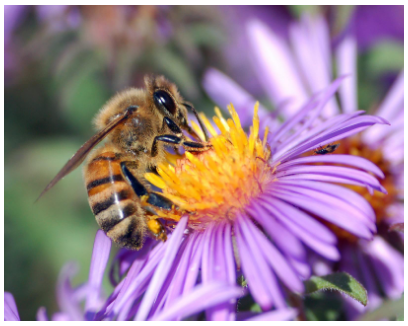
Research Question
What are the effects of elevation and solar incidence on insect abundance?
Hypothesis
As elevation and solar incidence decrease, bee nesting behavior will increase.
Methods
Bee specimens were collected at different locations in Logan Canyon through the months May-July 2019. Bees were then pinned and counted in order to be identified and used for further analyses.
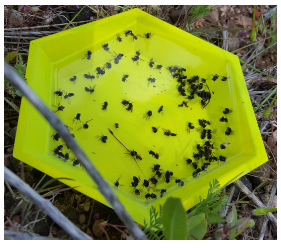
Statistical analyses of bee counts and other data, such as elevation of habitat sites and solar incidence of the same sites, were performed to answer the research question.
Results
Are there more insects at higher elevations?
P-value: 0.3314 > 0.05
Estimate: 0.06393
Multiple R-squared: 0.1048
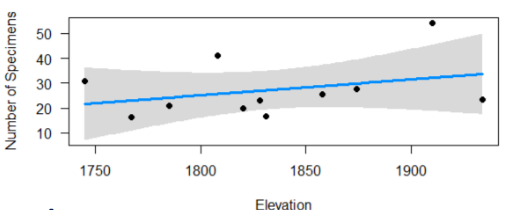
Are there more insects on slopes facing the sun?
P-value: 0.1554 > 0.05
Estimate: 0.1565 Multiple
R-squared: 0.2109
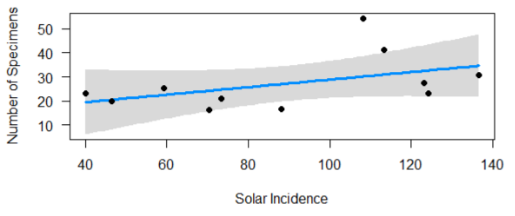
Does insect abundance change over time?
Total number of bees captured in May: 2,031
Total number of bees captured in June: 848 Total number of bees captured in
July: 1,192 Average number of bees per pan in May: 35.017
Average number of bees per pan in June: 19.273
Average number of bees per pan in July: 26.489
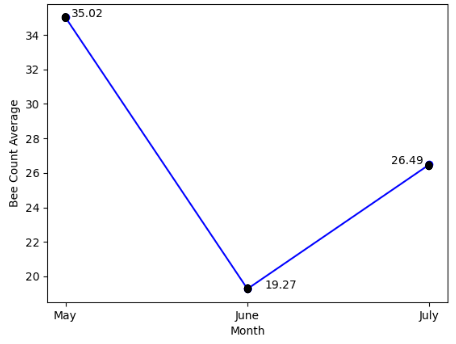
Conclusion
Further testing with larger sample sizes are needed to conclude that bee abundance increases as elevation and solar incidence increase. Further testing can be done to explain why bee abundance changes over the summer months.
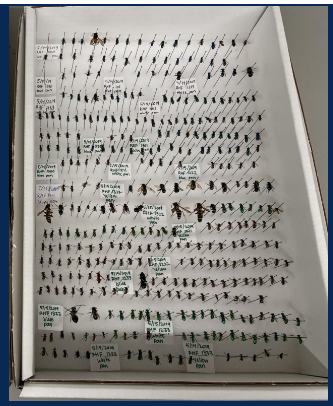
Discussion
The p-values for elevation (0.3314) is greater than 0.05, so these results are not statistically significant and there is no significant relationships between elevation and habitat selection in bees. The estimate (0.063) means that as elevation increases, the increase in specimen number is not significant. The R-squared value (0.1048) shows that 10% of the variation in specimen number is explained by elevation. The chart shows that for every meter gained in elevation, 0.6 specimens are gained.
The p-value for solar incidence is greater than 0.05, so these results are not statistically significant and there is no significant relationship between solar incidence and habitat selection in bees. The estimate (0.1565) means that as solar incidence increases, the increase in specimen number is not significant. The R-squared value (0.2109) shows that 21% of the variance in specimen number is explained by solar incidence.
The results of the previous analyses could be due to having too few sample sizes and data points.
Insect abundance does change each month with a greater average per pan in the month of May. There is a dip in June and then an increase in July. This could be due to changes in weather and flowering patterns.

